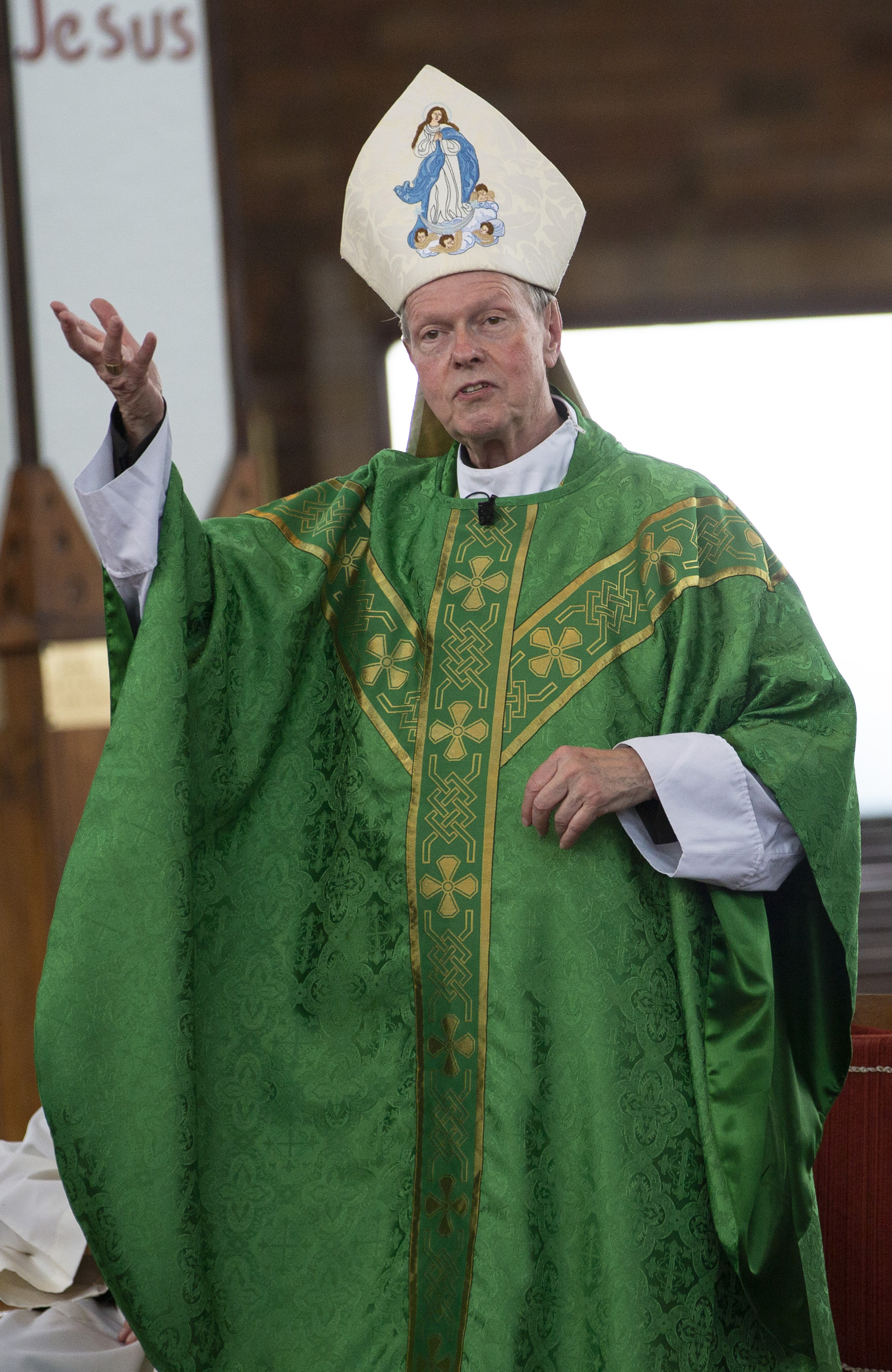May 1, 2019 at 6:47 p.m.
It all started in a galaxy far, far away …
Around 2.5 million light years away to be exact, where our spacely neighbor, the Andromeda Galaxy, resides. And on a clear night, you can see it from Siena College.
It’s all made possible by the college’s new Breyo Observatory, which holds the largest telescope in the Capital Region. Encapsulated by a 16-foot dome, the main telescope features a 27.5-inch diameter mirror and rests on the roof of Roger Bacon Hall, the college’s physics’ building.
Beyond the appeal of research and academic study, the new observatory allows students, professors and members of the community to gain access to the beauty of the heavens.
“I think it’s really a game changer for the department,” said Rose A. Finn, Ph. D., physics professor at Siena. “Really the goal is to make it a student-run facility, for them to really take ownership of it.”
Siena broke ground on the project last summer, and officially opened the observatory in September 2018. A formal dedication and blessing for the new observatory was held on Nov. 10, which included guest speaker Fr. George Coyne, S.J., former director of the Vatican Observatory.
The Breyo Observatory was made possible by a donation from alumni Dr. John J. Breyo and Marilyn Breyo, after which the observatory is named, and a grant from the Sherman Fairchild Foundation. Dr. Finn was the coordinator for the grant application.
The observatory allows students to view some cosmic favorites, such as the moons of Jupiter or the rings of Saturn, as well as nearby galaxies. Physics and astronomy students will also be able to study the formation of new stars, track asteroids traveling near Earth and follow exploding stars by studying their light.
Sandy Spicer, senior physics major at Siena, said that new observatory has shaped her into a more well-rounded scientist: “Not many undergrads can say that they have first-hand experience imaging at an observatory, let alone having one at their home institution.”
Spicer is currently conducting research with Dr. Finn on a project involving astronomical image processing: “We image objects in different filters using the telescope at Breyo Observatory and stack the images. We image nebulae and galaxies using the red, green, blue, H-alpha, and OIII filters. Through these images, we are able to get a different glimpse of the objects.”
The observatory has also been a benefit for Spicer’s astrophotography, a hobby that she’s been practicing for almost seven years: “(It) has allowed me to combine my love for astrophysics and photography to image objects thousands of light-years away.”
The observatory isn’t open only to physics and astronomy majors. According to Dr. Finn, “30 to 40 percent of Siena students” take the college’s introductory course in astronomy and will have access to the facility as well.
Outside of the university, local community members and organizations will be able to utilize the observatory during public observing nights. Siena recently organized a public observing session for April 11, but had to cancel due to cloud cover.
But interest in the observatory is still high. Dr. Finn said the college has had 500 people visit the observatory since its opening in November.
“I think it really is going to be a tremendous resource for the community,” said Dr. Finn. As stated in the grant application, one of the goals of the observatory “was to impact our science education program here, but also to bring science to the community.”
Siena is already working with the Colonie Library on a summer observation/reading night for kids and teens on the rooftop of Roger Bacon Hall, and a public lecture for adults. Local Girl Scout groups have also reached out to Siena about utilizing the observatory for a night and getting a lesson about the stars.
“In my intro classes, one of the things you try and convey is just the awe for nature, for the universe that we live in and … the fragility of life on Earth,” said Dr. Finn. “I think if we can just take people’s minds off of the day-to-day and think about something beyond their life and beyond the Earth, than it really is a neat experience.”
The Breyo Observatory will hold its next public observing session on Thursday, May 9, from 8:30-10:30 p.m.
To register for the viewing, or for more information on the observatory, visit https://www.siena.edu/departments/physics-and-astronomy/
breyo-observatory/.
- Outgoing US bishops’ president on leadership, Eucharistic revival and the American pope
- Bishops approve new National Eucharistic Congress for summer 2029
- BREAKING: US bishops approve ‘special pastoral message’ on immigration
- USCCB has ‘balanced budget’ for now, but priorities, resources under review
- Bishops on Trump’s Religious Liberty Commission say they are working to protect all faiths
- New USCCB president Coakley talks immigration, Vigano criticism, and lifting up saints
- Vatican gives final approval to new Liturgy of the Hours edition coming in 2027
- New Barna data shows in-person Gen Z church attendance highest among all generations
- Full text: Pope Leo XIV’s Nov. 12, 2025 general audience
- Pope Leo’s first six months: revolution of kindness with a missionary impulse








Comments:
You must login to comment.